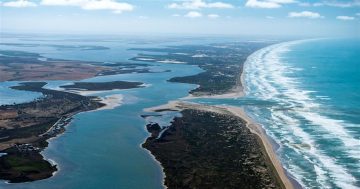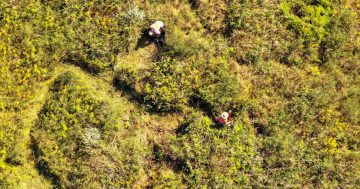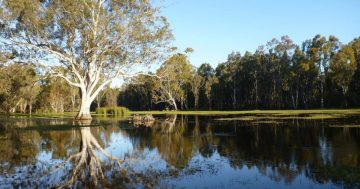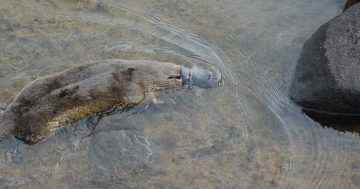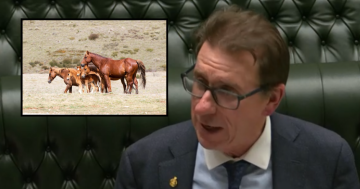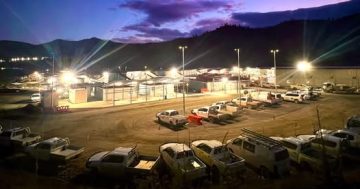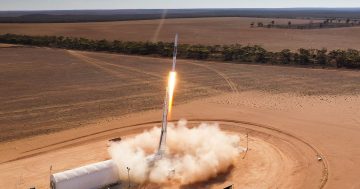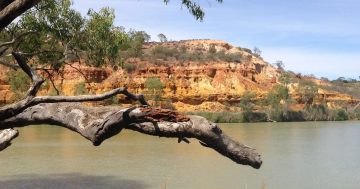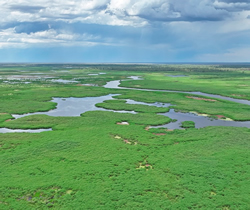 The Department of Planning and Environment (DPE) has launched a project to protect the Great Cumbung Swamp in far southwestern NSW, one of only two sites in the Murray-Darling Basin that provides critical habitat for two endangered species.
The Department of Planning and Environment (DPE) has launched a project to protect the Great Cumbung Swamp in far southwestern NSW, one of only two sites in the Murray-Darling Basin that provides critical habitat for two endangered species.
Senior Environmental Water Manager at DPE, Joanne Lenehan said the project, now underway, brought First Nations people, private landholders, environmental water managers and scientists together for the first time to work out the best way to restore the ecological and cultural values of the wetland.
Dr Lenehan said the project would see the development of a Greater Cumbung Region Water Management Plan to determine the environmental water requirements of the unique wetlands and set out actions and strategies to meet those needs.
“The Swamp is one of only two sites in the Murray-Darling Basin – the other being the Macquarie Marshes – that supports extensive beds of common reed,” Dr Lenehan said.
“These large reedy wetland environments provide critical functions as habitat for animals with specialised breeding requirements, such as the Australasian bitterns and southern bell frogs, as well as carbon sequestration and water purification,” she said.
“The greater swamp complex also supports one of the largest river red gum woodlands in NSW, with more than 50,000 hectares of red river gum located in the area.”
Dr Lenehan said three consecutive La Niña years had resulted in a dramatic recovery for the wetland complex, with the endangered southern bell frog recorded in the area for the first time in 50 years and the endangered Australasian bittern for the first time in 20 years.
She said over 131 bird and 207 plant species had been recorded at the Swamp.
“The first major milestone report, a review of the literature and data gap analysis, has been completed and the department have begun work on determining the environmental watering requirements for priority species, such as the Australasian bittern and bell frog,” the Senior Environmental Water Manager said.


